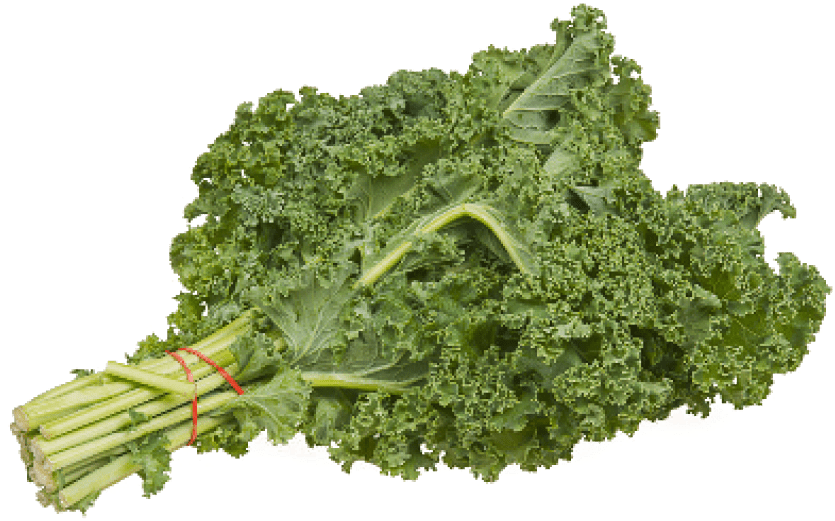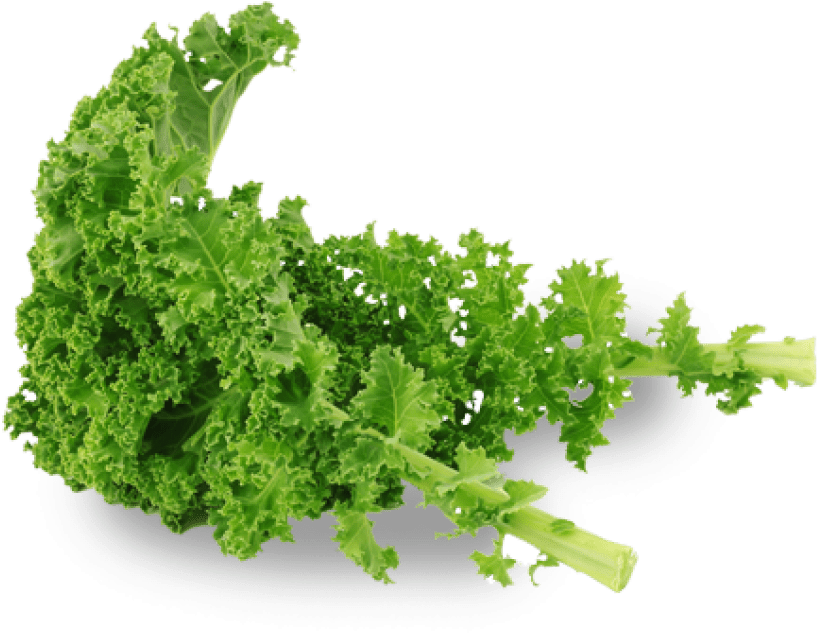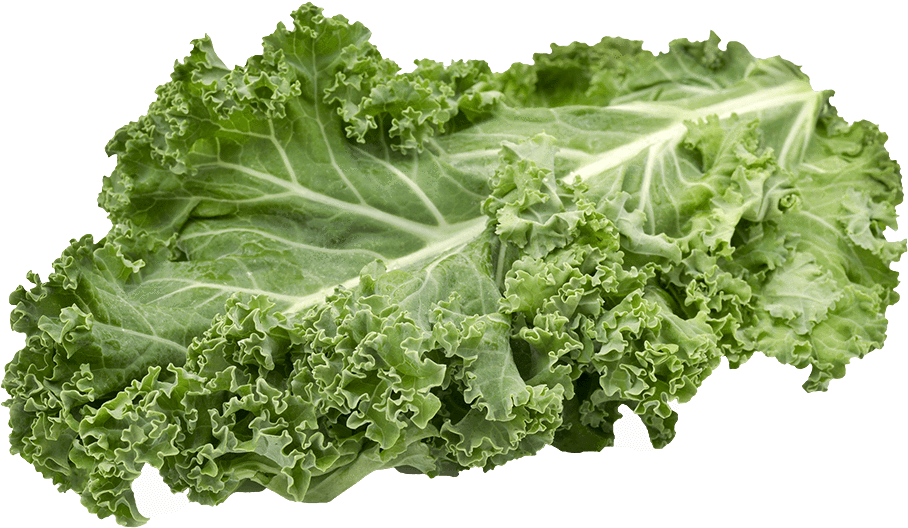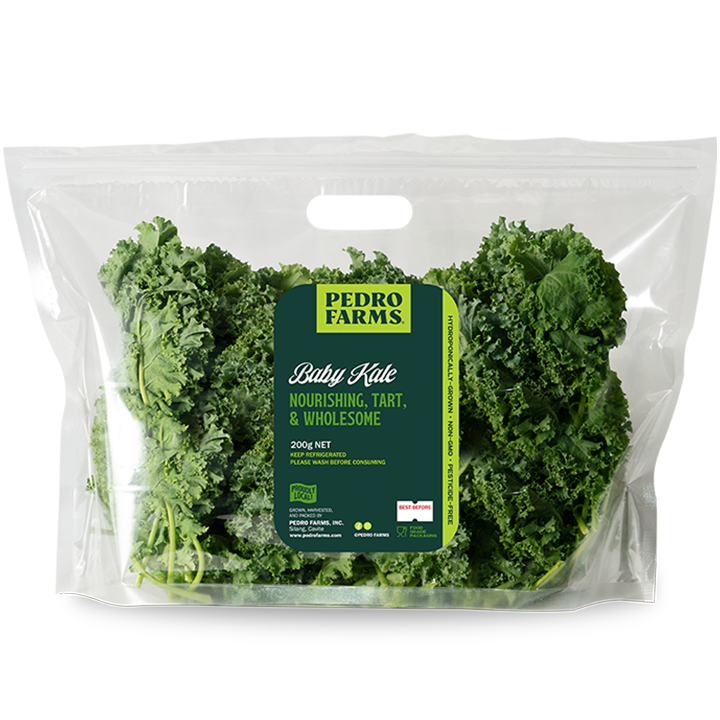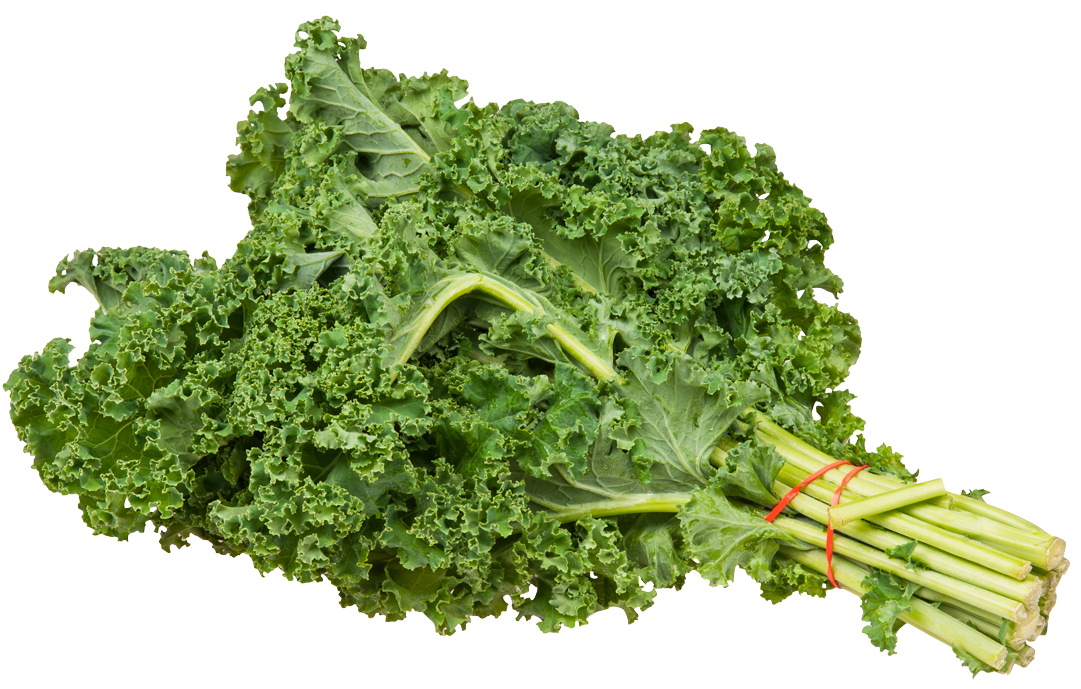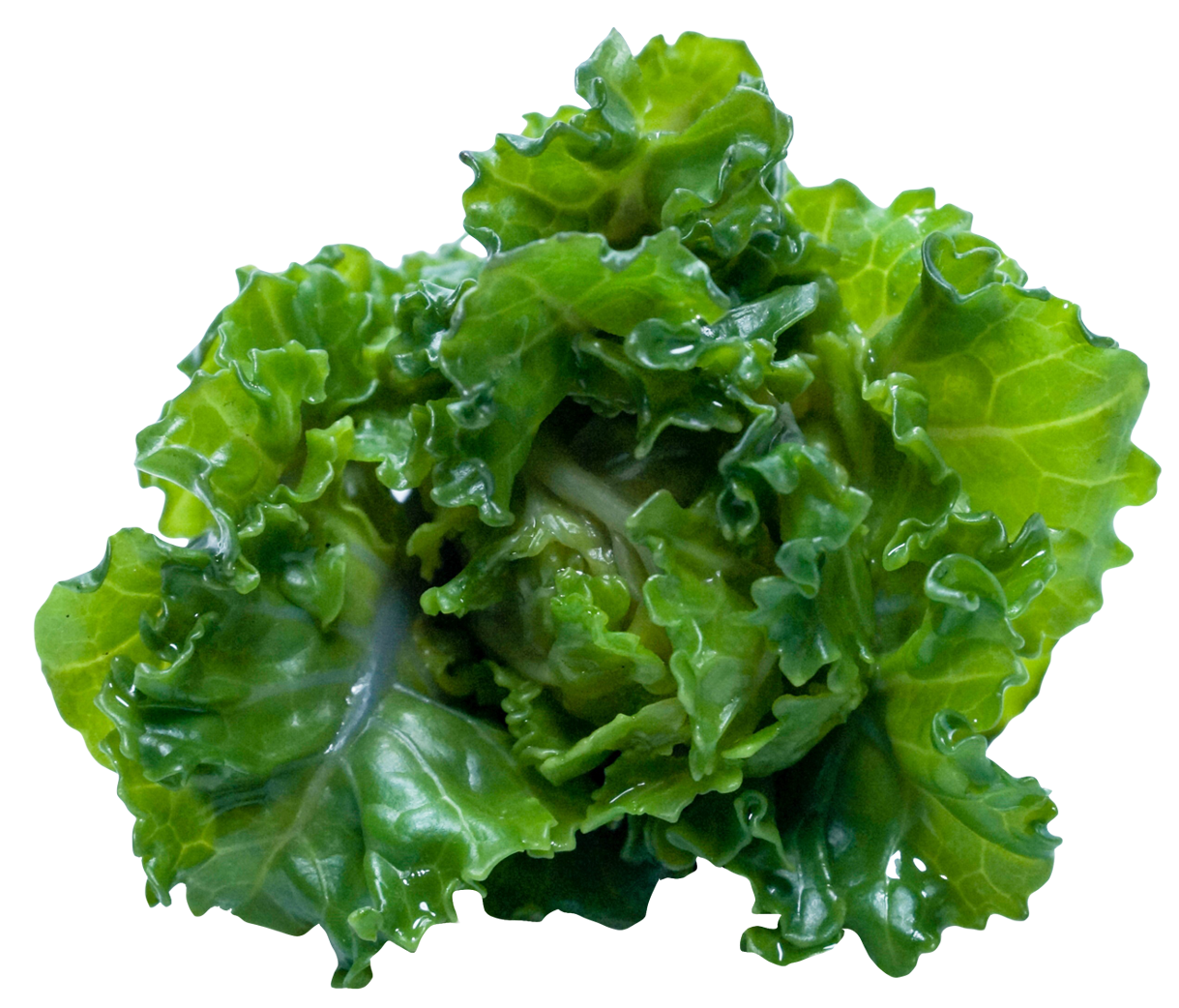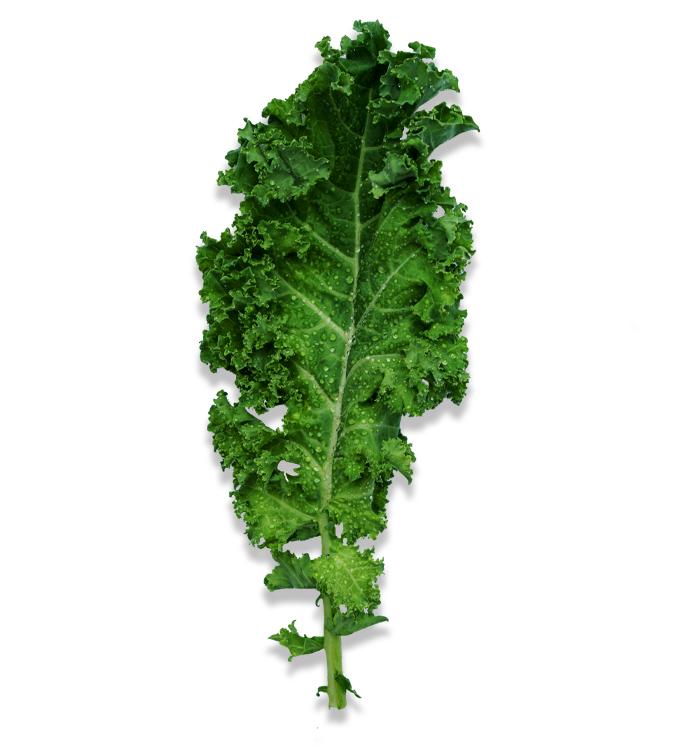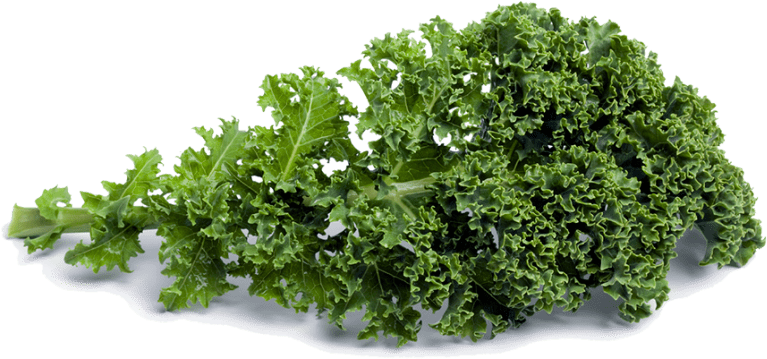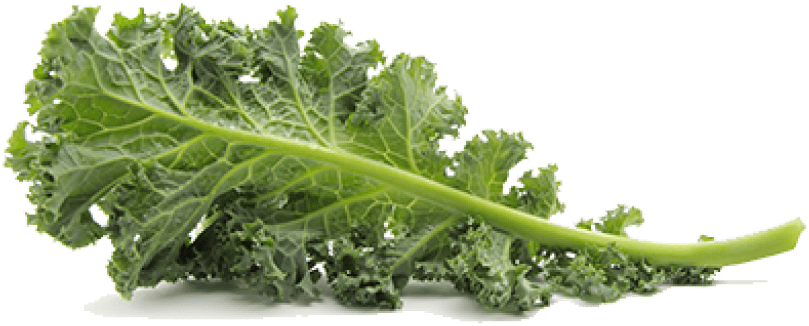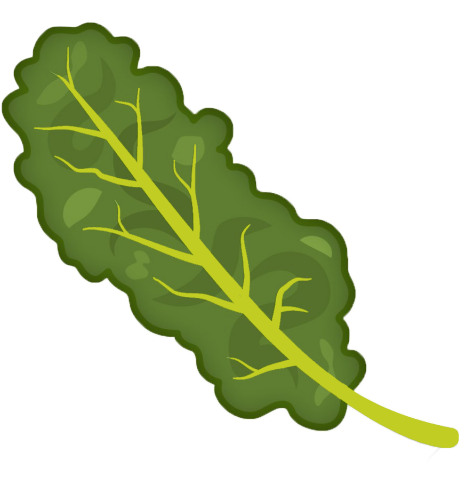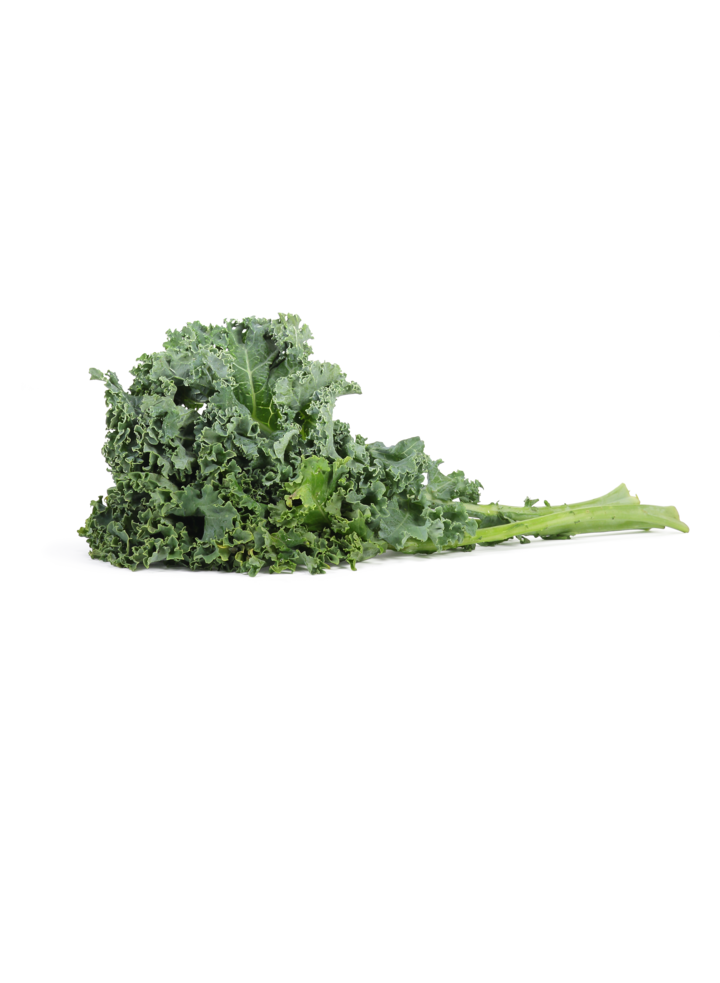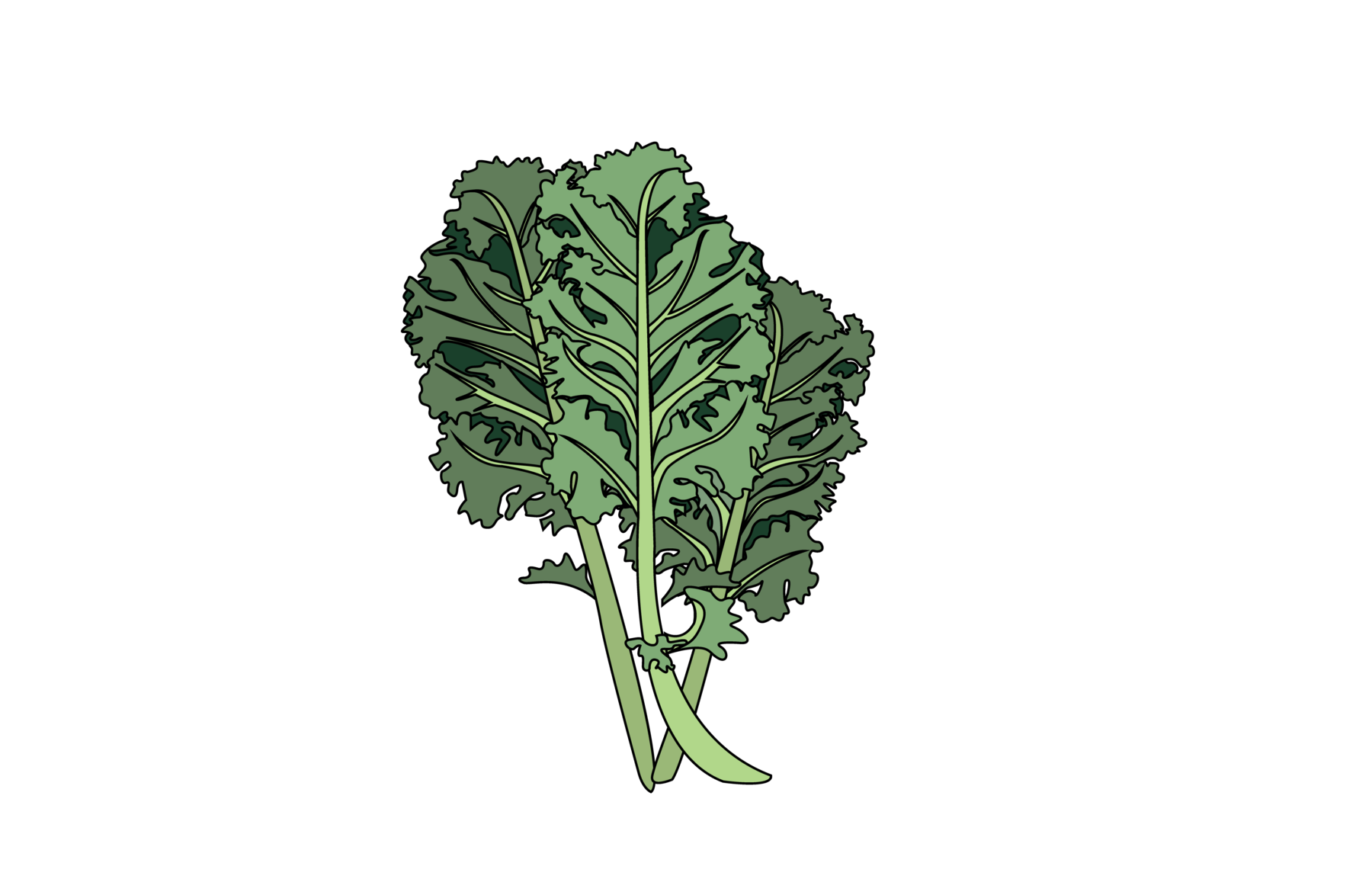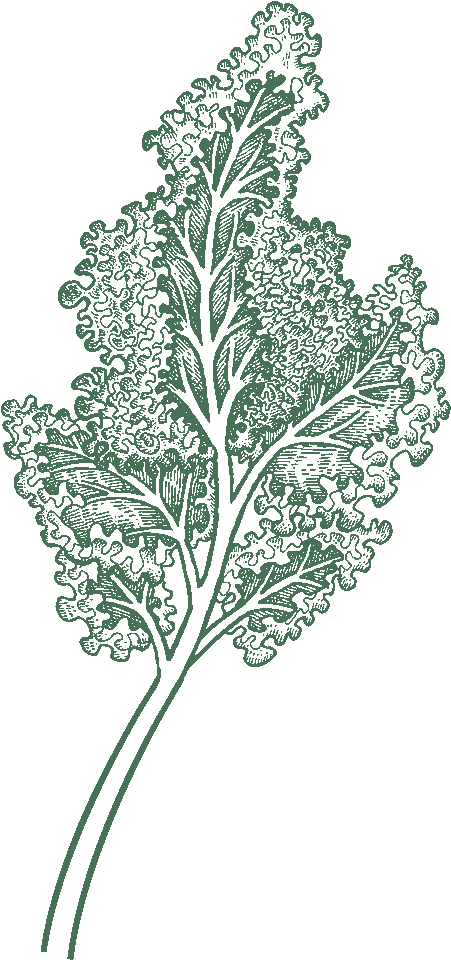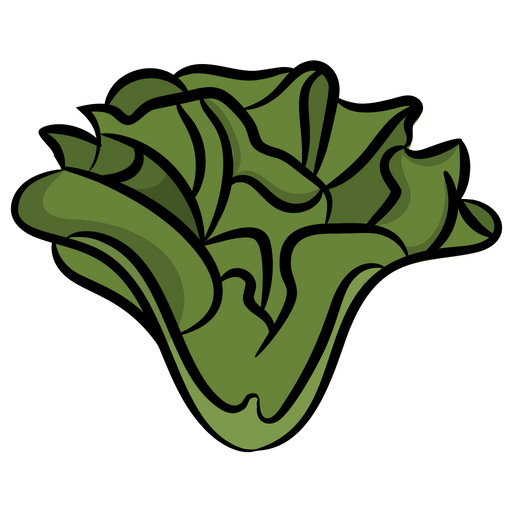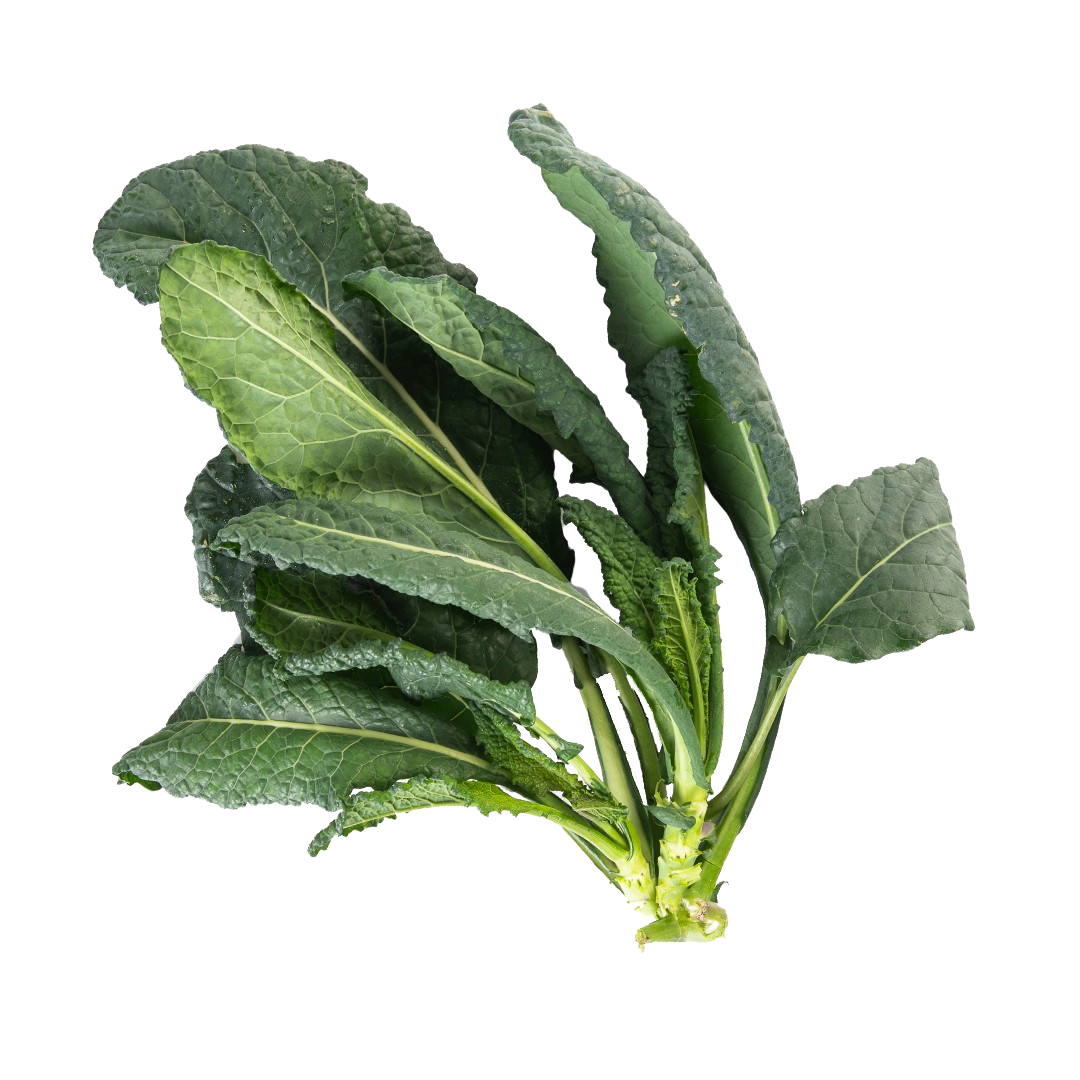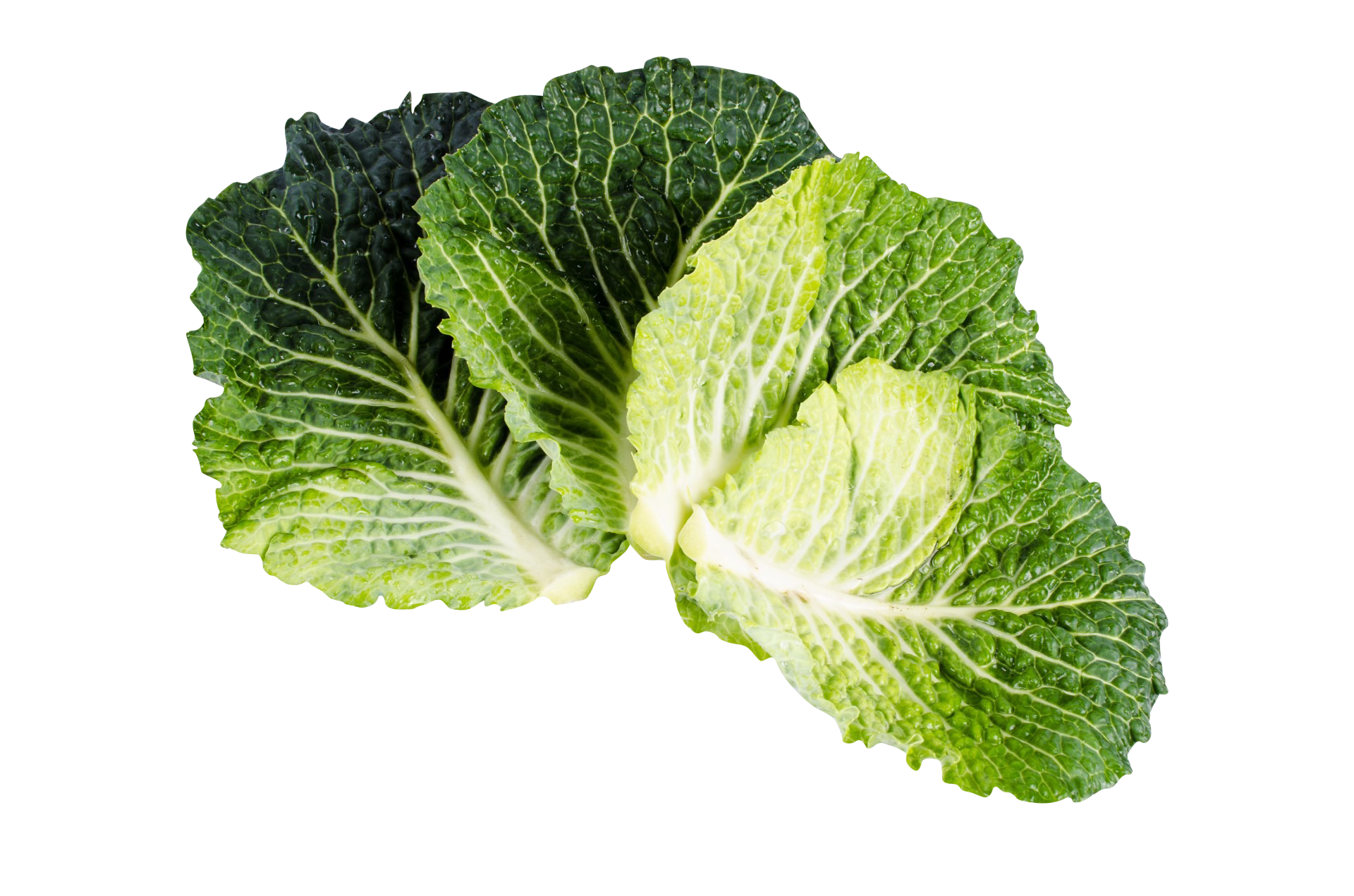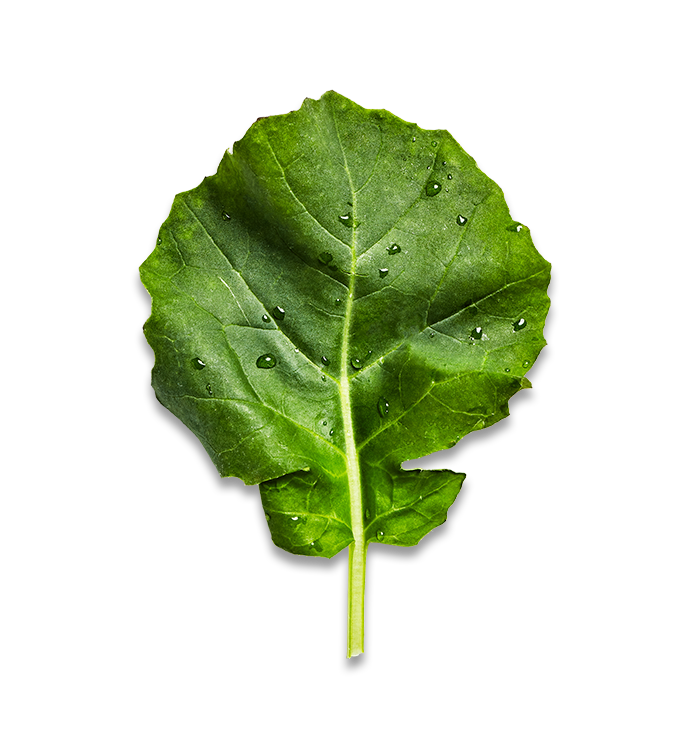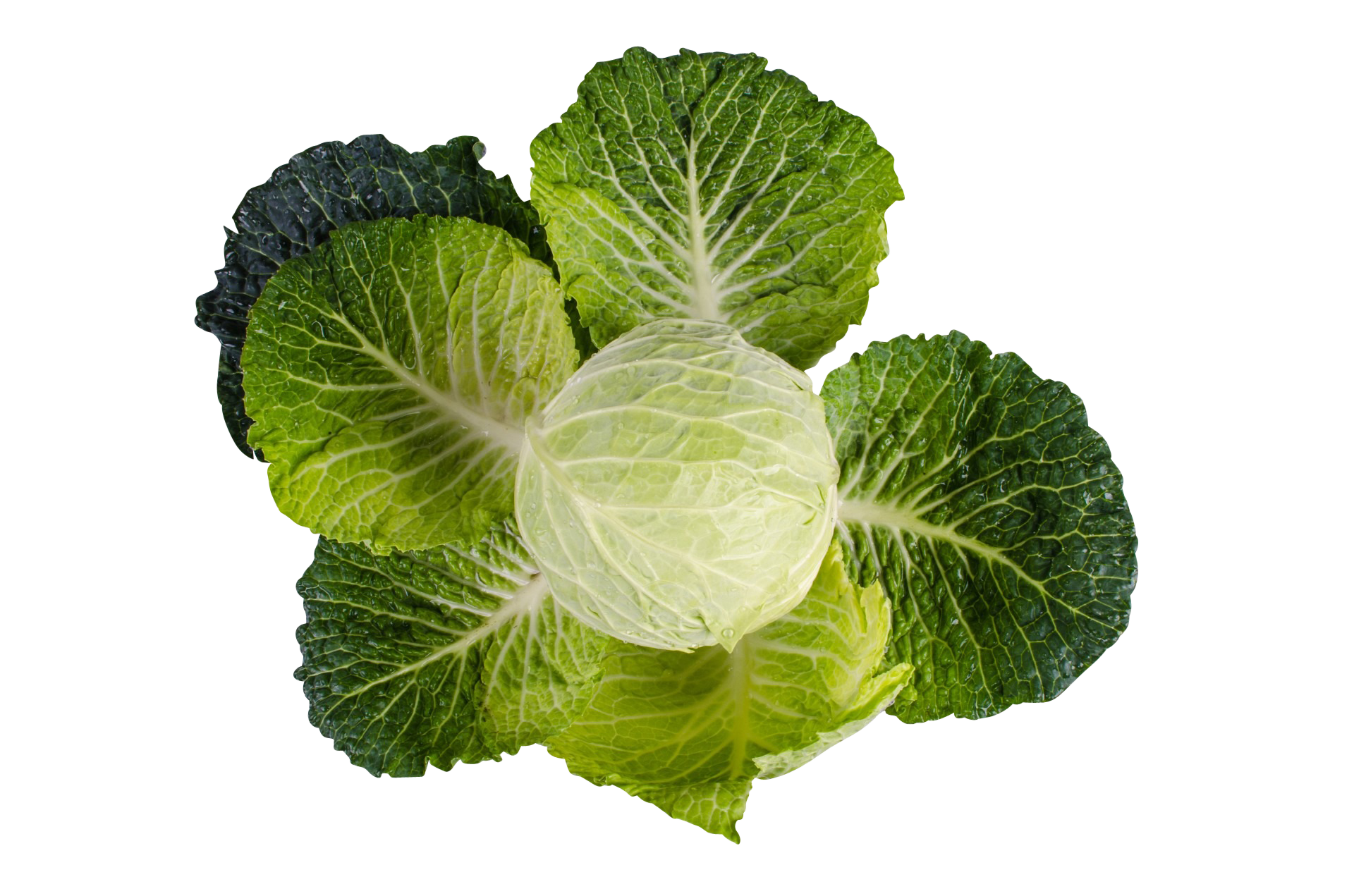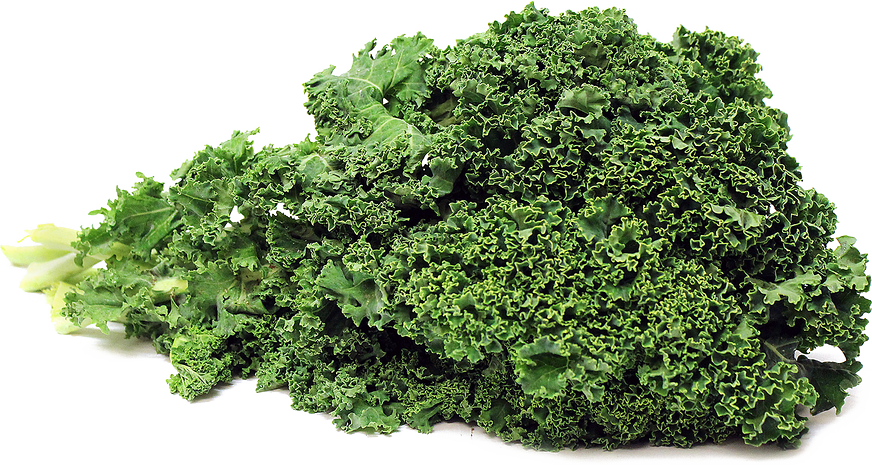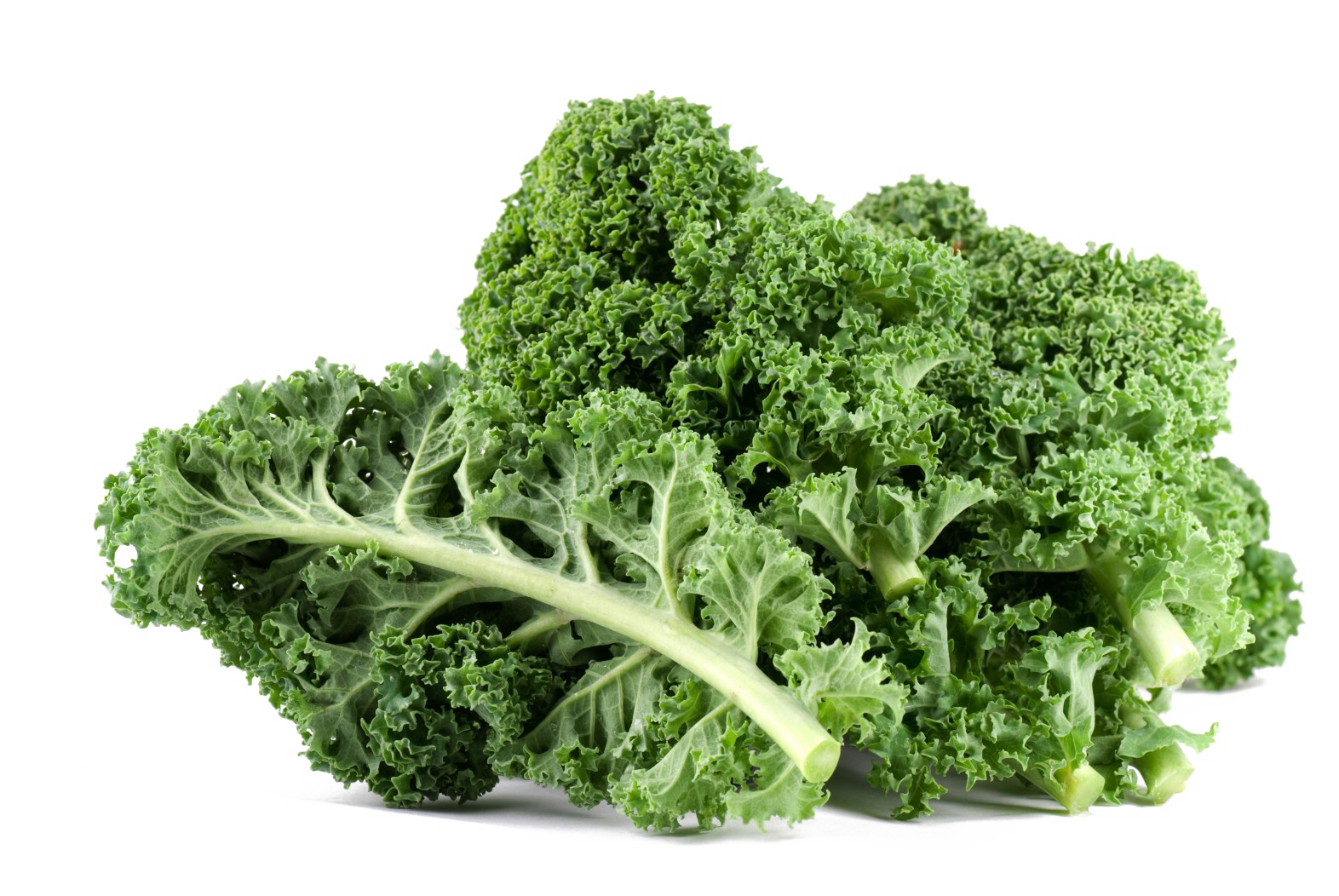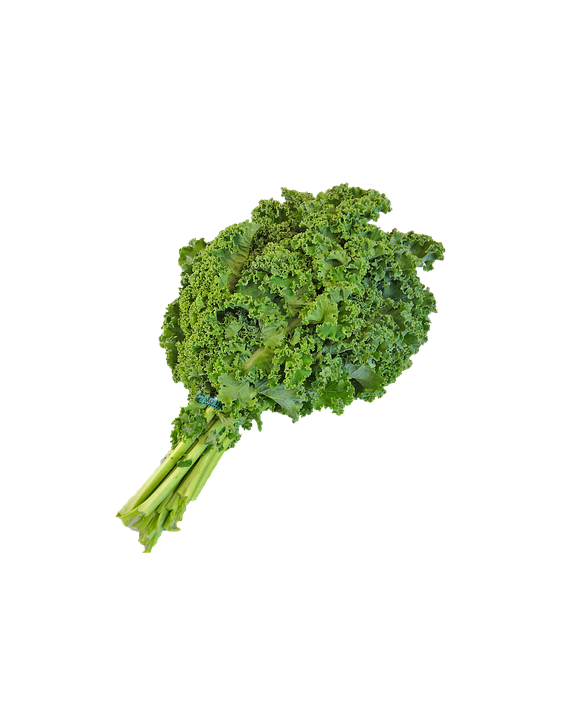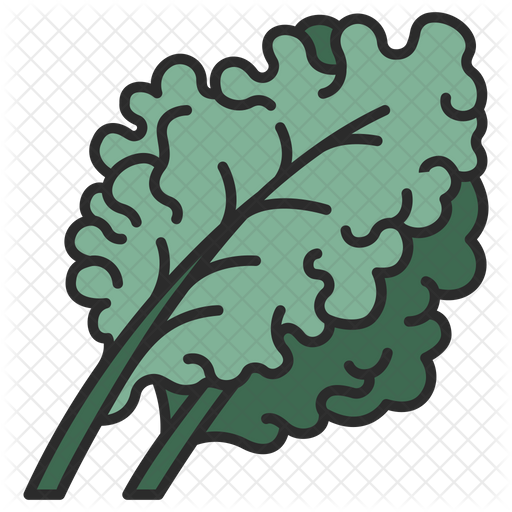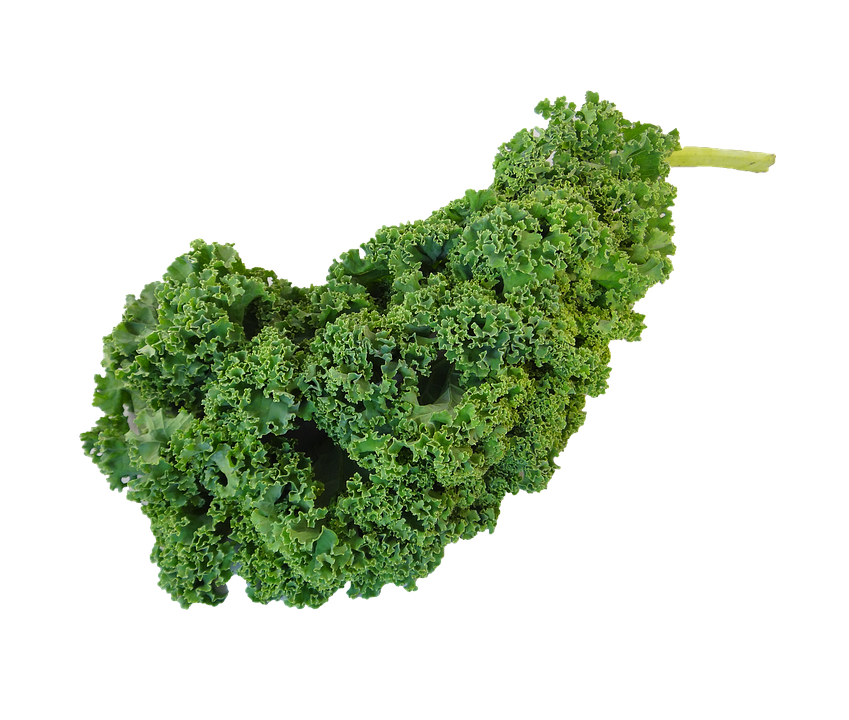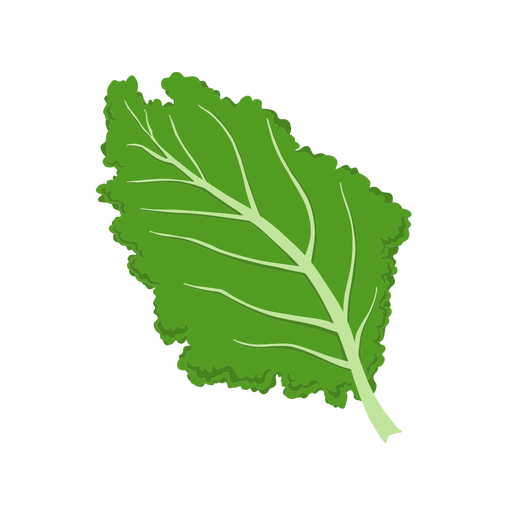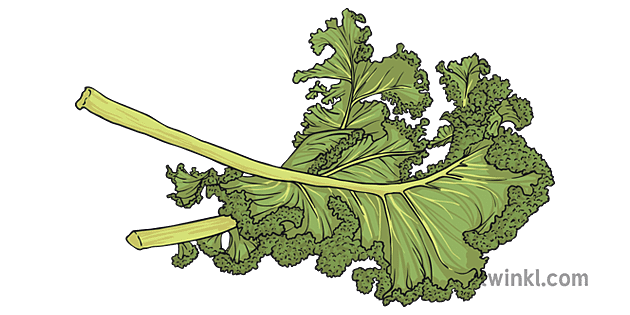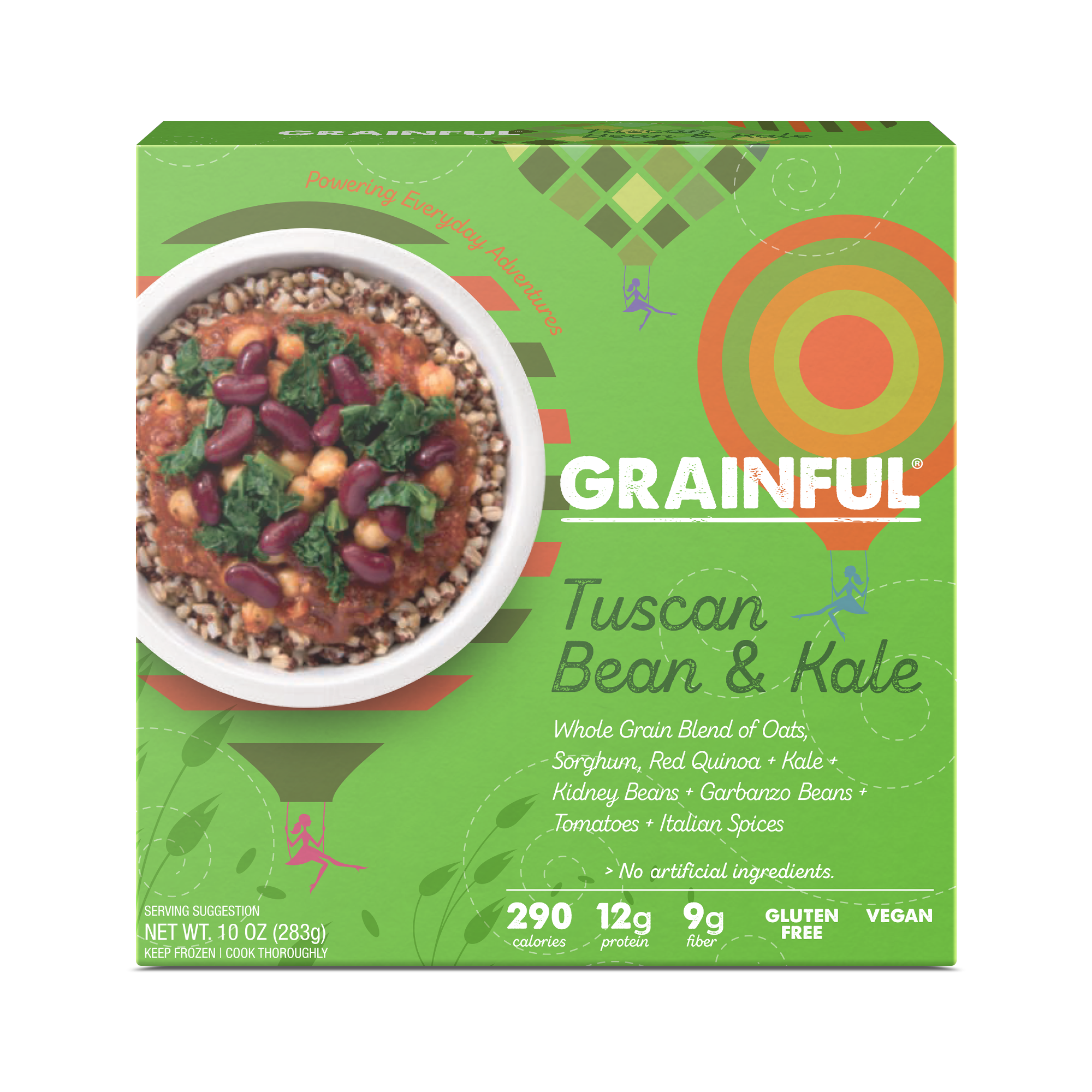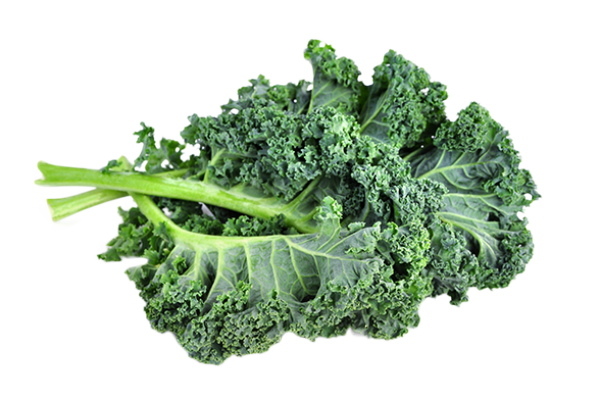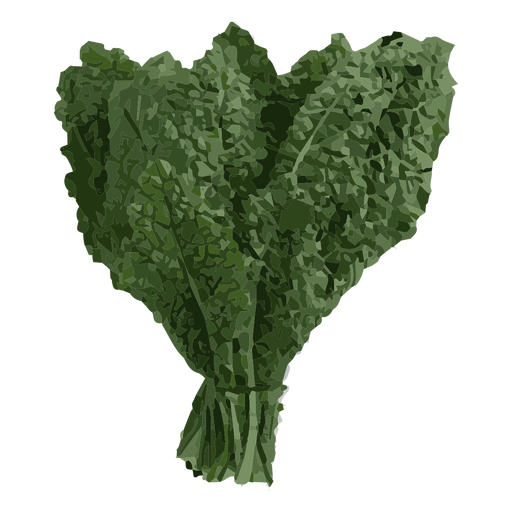Download top and best high-quality free Kale PNG Transparent Images backgrounds available in various sizes. To view the full PNG size resolution click on any of the below image thumbnail.
License Info: Creative Commons 4.0 BY-NC
Kale, sometimes known as leaf cabbage, is a kind of cabbage (Brassica oleracea) cultivar produced for its edible leaves, however certain varieties are also used as ornamentals. The leaves of the kale plant are green or purple, and the core leaves do not form a head (as with headed cabbage). Kales are said to be closer to wild cabbage than most farmed Brassica oleracea varieties.
Kale is said to have originated in the eastern Mediterranean and Asia Minor, where it was first grown for sustenance around 2000 BCE. In the 4th century BC, curly-leaved cabbage cultivars coexisted alongside flat-leaved forms in Greece. The Romans called these types Sabellian kale, and they are thought to be the forefathers of contemporary kales.
Hard-heading cabbage is the first cabbage to be recorded in Western Europe, dating back to the 13th century. Hard-heading cabbage and loose-leaf kale are distinguished in records from 14th-century England.
Russian traders introduced Russian kale to Canada and eventually the United States in the 19th century. Despite his distaste of cabbages, including kale, USDA botanist David Fairchild is credited for introducing kale (and many other crops) to Americans, having brought it back from Croatia. Kale was commonly planted in Croatia at the time, owing to its ease of cultivation, low cost, and ability to desalinate soil. Kale was predominantly utilized as a decorative vegetable in the United States for most of the twentieth century; but, due to its nutritional content, it became increasingly popular as a culinary vegetable in the 1990s.
The Dig for Victory initiative supported the growing of kale (and other vegetables) in the United Kingdom during WWII. The vegetable was simple to cultivate and offered vital elements that were lacking in rationed diets.
Kale variants may be distinguished by the length of the stem, which can be short, medium, or long, as well as the distinct leaf kinds. The leaves range in color from light green to green, dark green, violet-green, and violet-brown.
Leaf type classification:
Curly-leaf is a kind of plant with a curly leaf (Scots kale, blue curled kale)
Bumpy-leaf (black cabbage, also known as Tuscan Cabbage, Tuscan Kale, lacinato, and dinosaur kale), also known as Tuscan Cabbage, Tuscan Kale, lacinato, and dinosaur kale.
a simple leaf (flat-leaf types like red Russian and white Russian kale)
Leaf and spear, or a leaf with a feathery appearance (a cross between curly- and plain-leaf)
Decorative (less palatable and tougher leaves)
White and lavender ornamental kale
Because kale can grow deep into the winter, one type of rape kale is known as “hungry gap,” after the period in ancient agriculture when nothing else could be collected during the winter. Jersey kale, sometimes known as cow cabbage, is a taller variant. Kai-lan, often known as Chinese kale, is a Chinese kale cultivar. The bumpy-leaved kale is often known in Portugal as “couve galega” (Galician kale or Portuguese Cabbage).
Download Kale PNG images transparent gallery.
- Kale Healthy Food PNG Photo
Resolution: 835 × 521
Size: 262 KB
Image Format: .png
Download
- Kale Healthy Food PNG Cutout
Resolution: 817 × 633
Size: 245 KB
Image Format: .png
Download
- Kale Healthy Food PNG Images
Resolution: 908 × 528
Size: 363 KB
Image Format: .png
Download
- Kale PNG Photo
Resolution: 720 × 720
Size: 557 KB
Image Format: .png
Download
- Kale PNG Cutout
Resolution: 1081 × 689
Size: 1098 KB
Image Format: .png
Download
- Kale PNG Images
Resolution: 1219 × 1042
Size: 1532 KB
Image Format: .png
Download
- Kale PNG Photos
Resolution: 680 × 748
Size: 331 KB
Image Format: .png
Download
- Kale Healthy Food PNG Photos
Resolution: 767 × 359
Size: 197 KB
Image Format: .png
Download
- Kale Healthy Food Transparent
Resolution: 809 × 326
Size: 144 KB
Image Format: .png
Download
- Kale Healthy Food PNG Clipart
Resolution: 459 × 481
Size: 110 KB
Image Format: .png
Download
- Kale Transparent
Resolution: 720 × 983
Size: 290 KB
Image Format: .png
Download
- Kale Healthy Food PNG Picture
Resolution: 1800 × 1174
Size: 274 KB
Image Format: .png
Download
- Kale Healthy Food PNG HD Image
Resolution: 451 × 960
Size: 31 KB
Image Format: .png
Download
- Kale Green Vegetable
Resolution: 512 × 512
Size: 67 KB
Image Format: .png
Download
- Kale Healthy Food PNG
Resolution: 1080 × 1080
Size: 884 KB
Image Format: .png
Download
- Kale Green Vegetable PNG
Resolution: 1920 × 1271
Size: 1996 KB
Image Format: .png
Download
- Kale PNG Clipart
Resolution: 680 × 748
Size: 389 KB
Image Format: .png
Download
- Kale Green Vegetable PNG Pic
Resolution: 1920 × 1271
Size: 1979 KB
Image Format: .png
Download
- Kale PNG Picture
Resolution: 872 × 465
Size: 833 KB
Image Format: .png
Download
- Kale PNG
Resolution: 1572 × 1052
Size: 1782 KB
Image Format: .png
Download
- Kale Healthy Food PNG Pic
Resolution: 561 × 720
Size: 185 KB
Image Format: .png
Download
- Kale Green Vegetable PNG File
Resolution: 512 × 512
Size: 155 KB
Image Format: .png
Download
- Kale PNG Pic
Resolution: 849 × 720
Size: 545 KB
Image Format: .png
Download
- Kale PNG File
Resolution: 464 × 340
Size: 190 KB
Image Format: .png
Download
- Kale Healthy Food PNG File
Resolution: 512 × 512
Size: 79 KB
Image Format: .png
Download
- Kale Healthy Food PNG Image
Resolution: 630 × 315
Size: 42 KB
Image Format: .png
Download
- Kale Healthy Food
Resolution: 2000 × 2000
Size: 1930 KB
Image Format: .png
Download
- Kale
Resolution: 600 × 400
Size: 281 KB
Image Format: .png
Download
- Kale PNG Image
Resolution: 512 × 512
Size: 212 KB
Image Format: .png
Download
